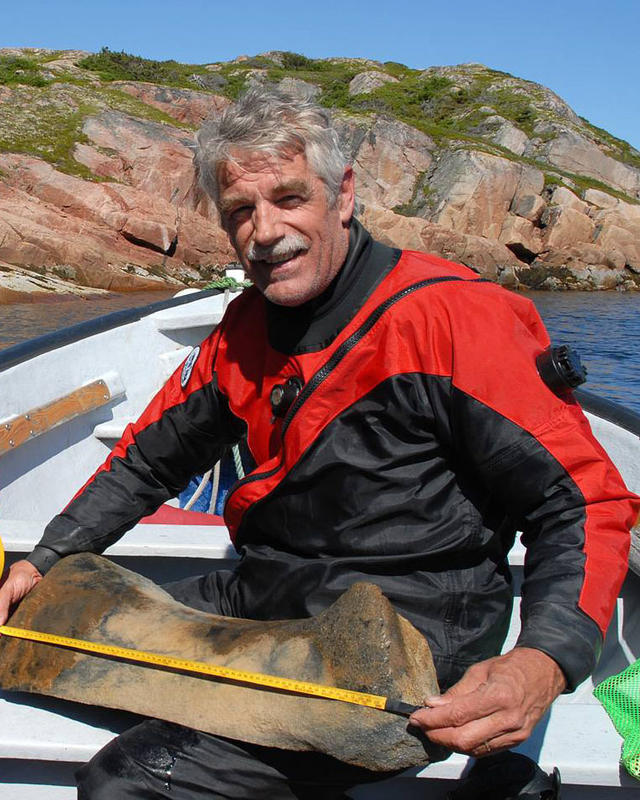Affiliation: Smithsonian Institute

William Fitzhugh is Director of the Arctic Studies Center and Curator of the Department of Anthropology at the National Museum of Natural History, Smithsonian Institution, and holds his degrees from Harvard (Ph.D. and M.A.) and Dartmouth (B.A.). Dr. Fitzhugh’s areas of specialization are arctic archaeology, circumpolar cultures, Mongolia, and Vikings (especially in the Western Atlantic). He has done fieldwork in the North Atlantic regions and arctic Russia, and in Mongolia, and has been recognized for his work in exhibits, documentaries, and research. Dr. Fitzhugh is one of the AIA’s 2022/2023 Joukowsky Lecturers.
This lecture traces the history and archaeology of the Vikings from their origins in the 7thcentury, their rise to power and raids in Europe, and their expansion across the North Atlantic to Iceland, Greenland, and eventually to mainland North America at the L’Anse aux Meadows site in northern Newfoundland. A special feature of the lecture is Viking contacts with Native American Indians and Inuit as seen in archaeological finds in recent years. The story includes illustrations from the Smithsonian’s ‘block-buster’ exhibition honoring the 1000th anniversary of Leif Erikson’s discovery of North America and its catalog publication with the same title as this lecture.
This lecture follows migrations of Arctic peoples into the last unoccupied territories of North America and the development of their Pre-Dorset, Dorset and Thule cultures over the past 5000 years. We trace their contacts with Indian peoples, Vikings, and later Europeans and discuss their unique shamanic art, their history as Thule culture evolved into the Inuit peoples of today, and the likely effect of modern climate change on Arctic peoples today and in the future.
This lecture follows the history of the Basque peoples who pioneered the hunting of great whales in the Bay of Biscay and after 1500 expanded their reach into Newfoundland and the Gulf of St. Lawrence where they met, traded with, and even lived with Inuit whalers. Archaeological finds from Red Bay, Labrador, and from a decade of Smithsonian research at Petit Mecatina on the Quebec Lower North Shore reveal the first instance of a European-Inuit joint venture in the New World.
Arctic archaeology reveals patterns of climate change have both facilitated migrations and extinguished cultures and animals beginning when humans first began to live in Arctic regions 40,000 years ago. We follow these developments in northern Russia, Alaska, Canada, and Greenland as environments and cultures changed, new technology and adaptations developed, and Arctic peoples interacted with each other and with southerners. The story of the Greenland Norse serves as an example of how humans have failed to observe signals of their impending disaster, what they could have done to avoid it, and what we should do now to avoid a similar, but global, fate.
Recent research in the grassy steppe of Inner Asia document how a big land with few people repeatedly changed the history of the world. Archaeology, DNA, and history reveal the monumental impact of nomadic pastoralists on world history during the past 5000 years. Genghis Khan’s nomadic empire was the last, largest, and best known, but there were many others. We explore the environments and cultural features that enabled small groups of steppe herders and horsemen to repeatedly conquer, populate, and rule vast territories.
The ancestors of Japan’s northern people—the Ainu—once thought to be ‘Lost Caucasians of the Far East’, may have been among the first to migrate into the Americas. This lecture describes the origins of the Ainu and their distinctive spirit-filled decorative and clothing arts, their rise to prominence as a maritime power in the 13-15th centuries, and their subsequent colonization and subjugation by the Japanese. Ainu history parallels that of North American Indians in many other ways, including their recent efforts in cultural rejuvenation.